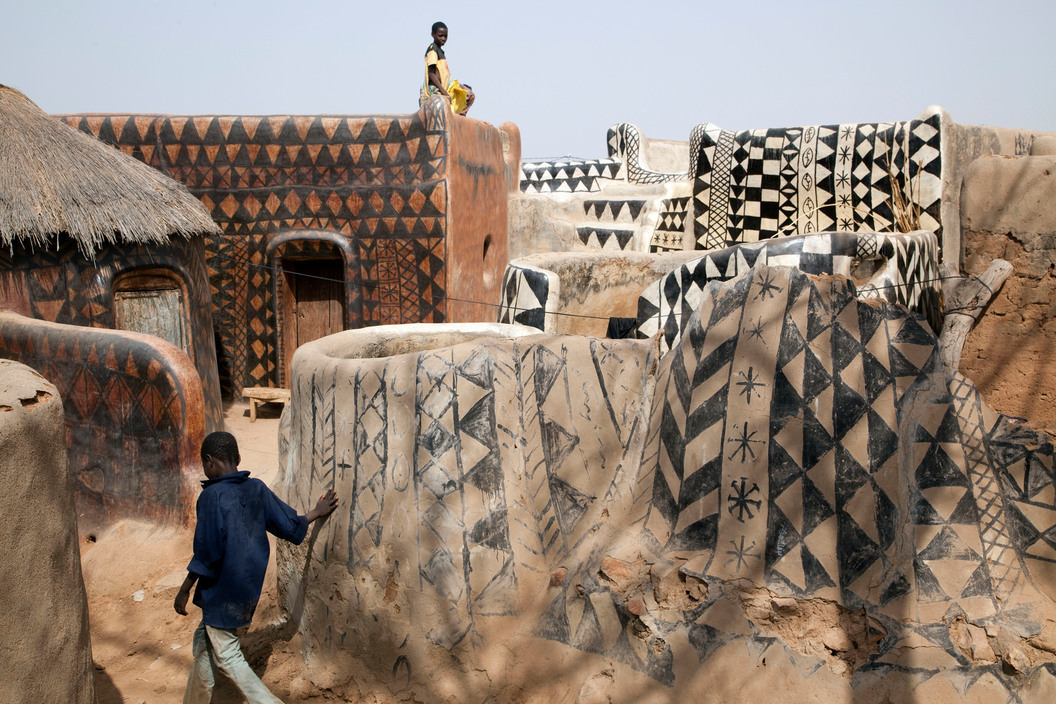
"Vernacular architecture is often referred to as harboring lessons for creating low-energy buildings and the fight against climate change. Yet, as weather patterns are changing, there are cases where traditional building techniques are themselves becoming at risk. As well as changes in temperature, different regions have faced becoming wetter or drier, experiencing increased risk of droughts, flooding, storms, and changes to local flora. The painted houses of Tiébélé in Burkina Faso, recognized as a UNESCO World Heritage Site, are one example."
"Vernacular architecture can be defined as a construction method specific to a region with influences from geography, climate, and available materials. Such structures are built with knowledge passed down from generation to generation and rarely involve architects or experts. Because of their pre-industrial nature, having developed before the advent of modern transport or temperature control, vernacular building techniques can offer lessons in the use of materials with low embodied carbon and passive responsiveness to the local climate."
Vernacular architecture arises from regional geography, climate, and available materials and is shaped by knowledge transmitted across generations. Such construction methods generally develop without architects and predate modern transport and temperature control, leading to low embodied carbon materials and passive climate responsiveness. Changing weather patterns—including temperature shifts, increased droughts, floods, storms, and altered local flora—are putting some traditional techniques and structures at risk. Cultural and craft skills linked to these buildings form intangible heritage that faces jeopardy as environmental conditions challenge both materials and the continued practice of traditional building methods.
Read at ArchDaily
Unable to calculate read time
Collection
[
|
...
]